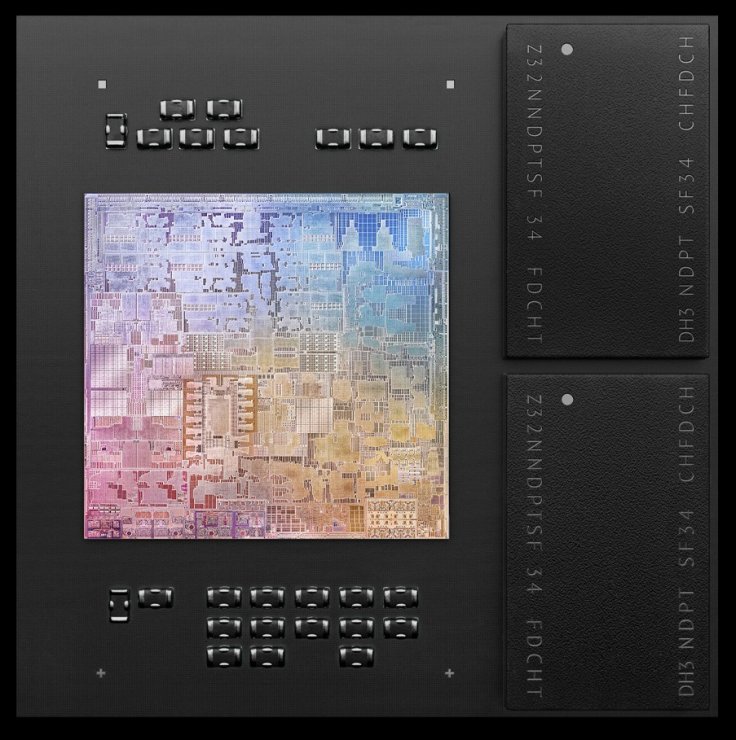With the highly anticipated M1 chip, Apple entered a race that was dominated by Intel for years before AMD managed to topple the semiconductor giant very recently. The ARM-based M1 system-on-chip (SoC) received great reviews and was able to compete with Intel's mobile CPUs. But the SoC wasn't meant for higher-end MacBooks and Mac Pros that are still powered by Intel processors. However, that will soon change as Apple is developing M1 successors with up to 32 performance and graphics cores.
The main reason for Apple moving away from Intel from its MacBook lineup was its lackluster thermal performance due to constraints of its 14 nanometer based architecture. Intel chips were no longer compatible with Apple MacBook's slim design as it more often faced thermal throttling.
As for Mac Pro, Intel's Xeon processor delivered what it said, albeit at a premium rate. While Apple could switch to AMD's Threadripper chips for better performance and more core count that are suitable for professional users, Apple has reportedly decided to push its own silicon.

32-Core Apple Silicon
The first-generation M1 chip is a mobile processor more suitable for lower-end performance. It was not meant to handle a higher workload. Hence, if it was to replace Intel's Core i9 in MacBook Pro or Xeon in Mac Pro, Apple had to come up with something better than what Team Blue had to offer. The Cupertino-based company is doing just that. According to a Bloomberg report, Apple's next-generation silicon will replace Intel line-ups in the spring of 2021. The Mac Pros are expected launched in 2022 with 32-core Apple silicon.
The M1 chip comes with up to 8-core CPU and GPU performance with a limited 16GB of memory (RAM). The problems of M1 are that it offers fewer ports and lower memory. But its next-generation silicon which could be called "M1X" will come with 16 power cores and four efficiency cores according to Bloomberg's sources. The 16-core silicon will power the 16-inch MacBook Pro, iMac and iMac Pro models. It will offer more ports, better memory capability (up to 64GB) while possibly including a 2.5GHz Ethernet adapter for Mac Mini and iMac.
However, depending on the production and fabrication process, Apple could choose to enable only eight or 12 high-performance cores for some models. But as per industry experts, by 2022, Apple will completely move away from Intel to favor its in-house silicon.
Graphics
As for graphics, while Apple favored AMD over NVIDIA for its higher-end MacBooks and iMacs, the company has higher ambitions. Instead of M1's up to 8-core graphics engine, the next-gen silicon will offer 16-core and 32-core graphics. According to Apple insiders, the company is also working on 64 and 128-core graphics engines for the highest-end workstations like Mac Pro. Apple currently uses AMD Radeon graphics for Mac Pro but its own GPUs are expected to be several times faster as per the insider.
What Does It Mean for Intel, AMD?
While Intel only earns about 10 percent of its revenue from Apple, it is already on the back foot on the PC front and has been losing market share to AMD. With Intel chips being outperformed by some 4000-series AMD mobile chips, Team Blue is set to lose its ground on the laptop market. The server processor market is also favoring AMD for its EPYC line-up. As for AMD, it has gained momentum at Intel's expense with the 5000-series desktop chips being lauded by reviewers.
However, if Apple silicon continues to perform and offer overall better value, it could convert some customers who are professionals and don't care about gaming performance. Hence, Intel ahead of its 11-gen launch will have to contemplate its next move carefully. On the other hand, AMD which is in a good position will need to stay competitive to survive a potential Apple onslaught.









